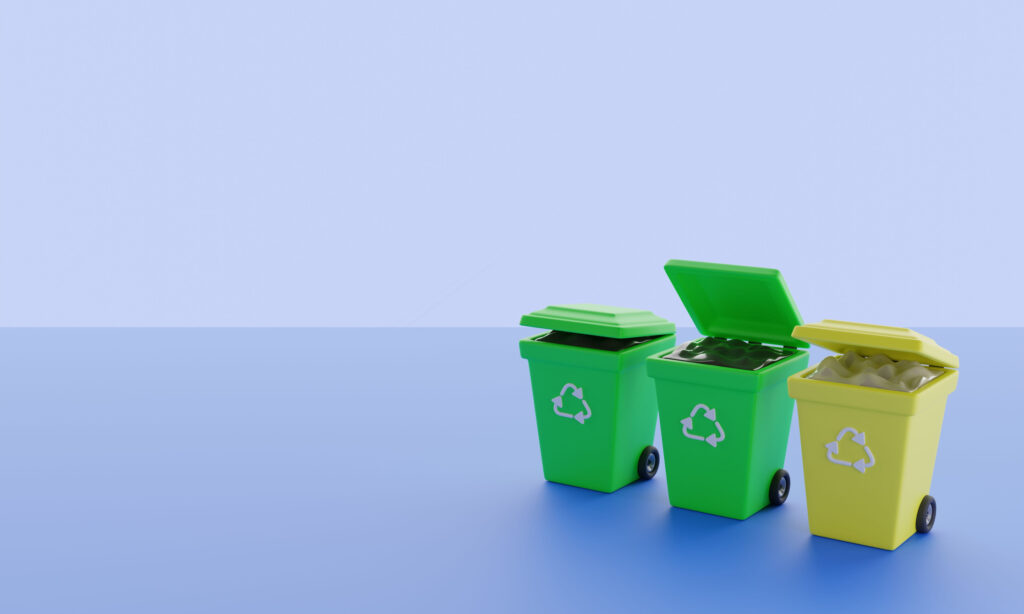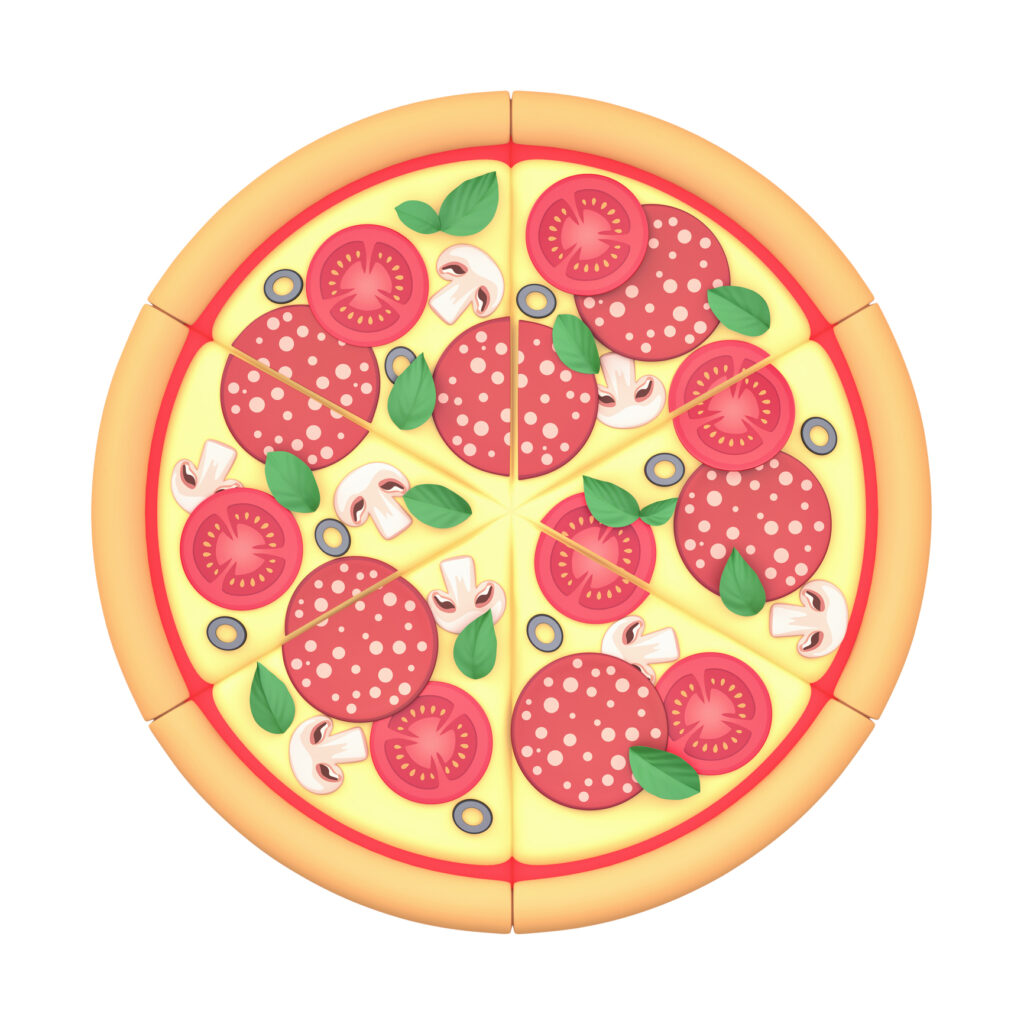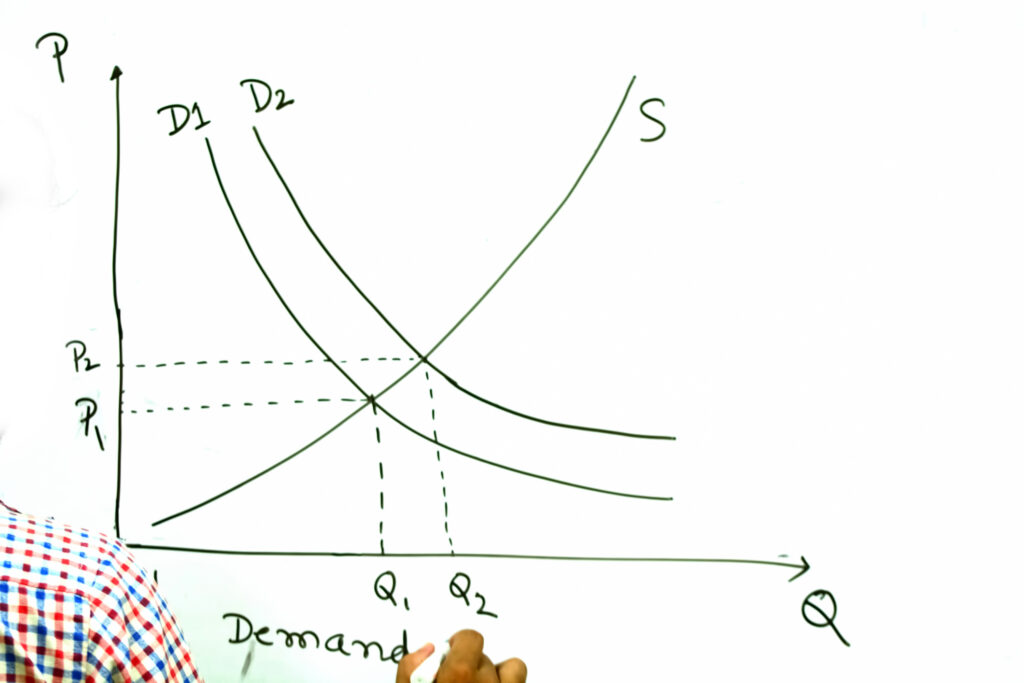
Grades 9-12

Don't have an account yet? Sign up for free
Don't have an account yet? Sign up for free


Money is what we use to show what goods or services are worth. When you do work, you are paid with money. When you sell something, the buyer gives you money. Sometimes it’s a lot of money and sometimes it’s just a little money. How much money you are given depends on how much what you are selling is worth. Some people try to make fake money. Making fake money is a crime called counterfeiting. Only one place in America makes money; it is called the United States Bureau of Engraving and Printing.
 Money is what we use to show what goods or services are worth in terms of other goods and services. When you do work, you are paid with money; when you buy something, you give the seller money. When you sell something, the buyer gives you money. Sometimes it’s a lot of money and sometimes it’s just a little money. The amount of money you are given depends on the worth of what you are selling. People use the money they earn to exchange for goods and services. People want money because they can use it as a medium of exchange and a store of value. Only one place in America legally makes money; that place is called the Bureau of Engraving and Printing (BEP).
Money is what we use to show what goods or services are worth in terms of other goods and services. When you do work, you are paid with money; when you buy something, you give the seller money. When you sell something, the buyer gives you money. Sometimes it’s a lot of money and sometimes it’s just a little money. The amount of money you are given depends on the worth of what you are selling. People use the money they earn to exchange for goods and services. People want money because they can use it as a medium of exchange and a store of value. Only one place in America legally makes money; that place is called the Bureau of Engraving and Printing (BEP).
(NOTE: Some of the sites are text-heavy; you may want to use them as supplementary, not primary, sources of information.)
Before the students get started on this activity, they should understand why counterfeit money is damaging to our economy. In a large group discussion, ask them the following:
Activity 1
[NOTE: In the course of this lesson, allow the students to handle and examine both coins and bills; doing so will greatly enhance the tactile learner’s experience.]
[NOTE: Before you conduct the following demonstration, take a moment and explain to your students the value of money. Also explain that the dollars used in this activity may be used to purchase any number of the books, depending on how much your students are willing to pay per book.]
 Place five similar books (or other objects) on a table
Place five similar books (or other objects) on a tableActivity 2
Students will work individually or in pairs on the Interactive Phony Bologna activity. They will look at images of money, determine whether it is real or “phony bologna,” and then click and drag it to the appropriate wallet. When they are done, they will be able to print out a list of the choices they made; the list will assist with assessment of their understanding. Have the students compare the currencies shown in the two columns of the printed interactive activity, noting similarities and differences.
[NOTE: Your students will notice that the currency represented in the Phony Bologna activity does not look exactly like real currency. We have inserted a watermark stating Not Legal Tender. This would be a good opportunity to discuss with your students that since counterfeit currency is illegal, it can be considered illegal to represent real currency in the interactive activity.]
For a good supplementary resource to be used prior to the activity, go to the US Treasury Counterfeit Money Explanation Website. This site explains the features that real currency has so you can recognize counterfeit money.
Have the students discuss the following questions:
The Changing Face of Money
In "The Changing Face of Money," the students play a game in which they guess which objects have been used as money throughout history. In the process, they learn several basic economic concepts. They also learn that money must be a store of value; it must keep its value over time. Finally, the students will compare modern U.S. money with older versions of U.S. money using web sites and real coins; they use this new knowledge to design the money of the future.
Money Central Station
This interactive kid-centered section of the Bureau of Engraving and Printing web site provides students with opportunities to explore the differences between real and counterfeit money.
Know Your Money
This mini-site produced by both the U.S. Treasury Department and the U.S. Secret Service provides valuable information about counterfeit money.
Teachers can evaluate the children’s understanding by having them print out their lists of real money and phony bologna money.
Have the students answer the following questions:

Grades 9-12

Grades 9-12

Grades 6-8, 9-12

Grades 6-8, 9-12
